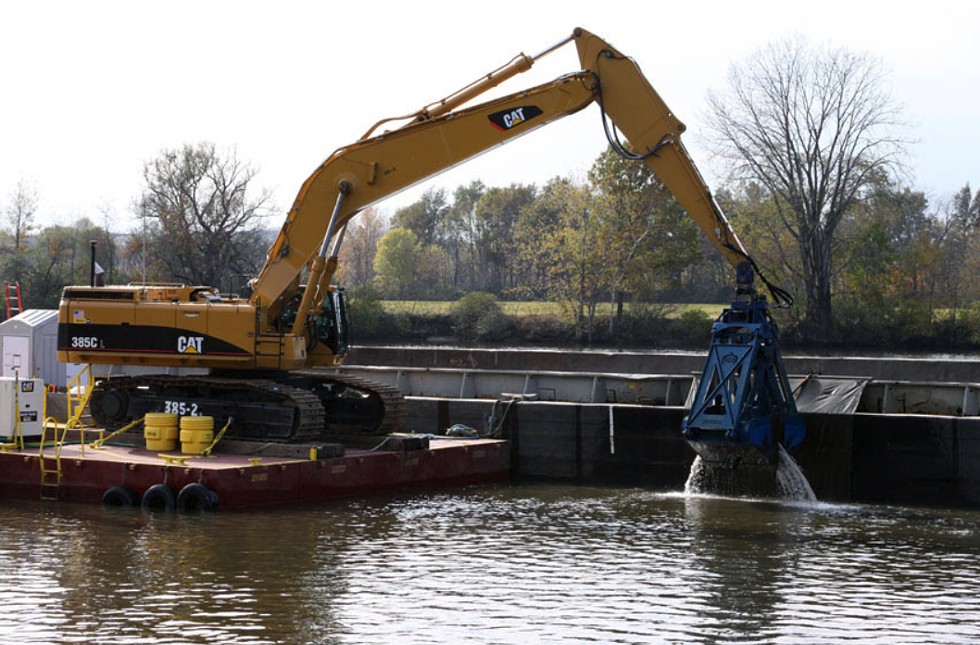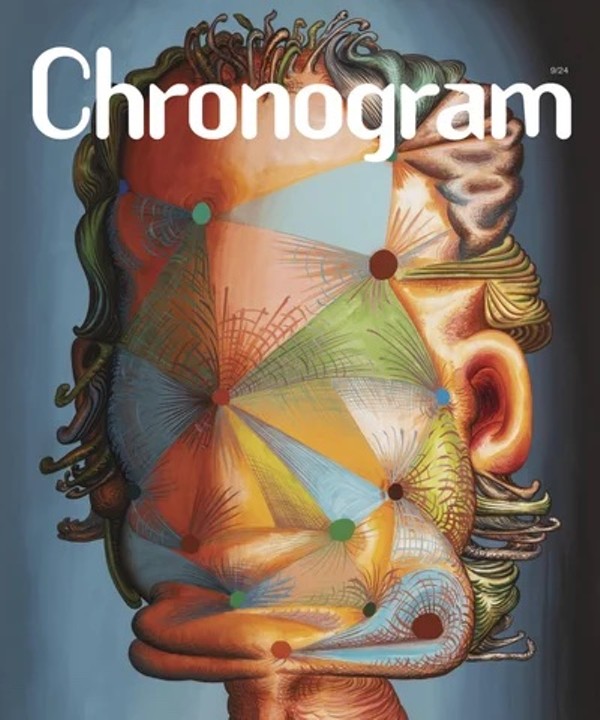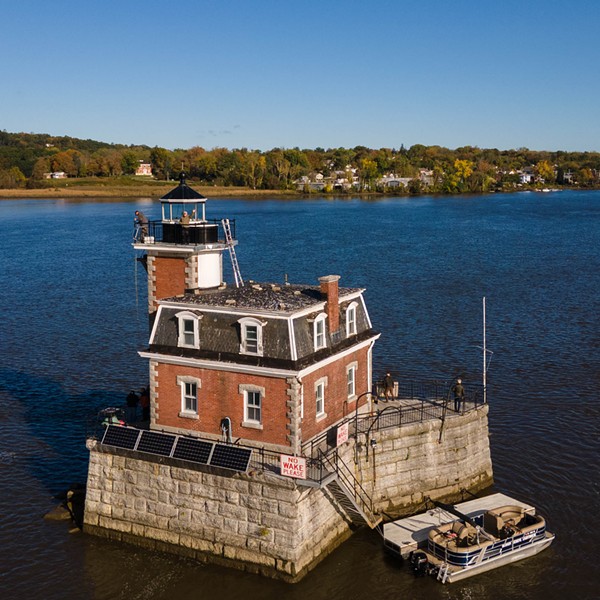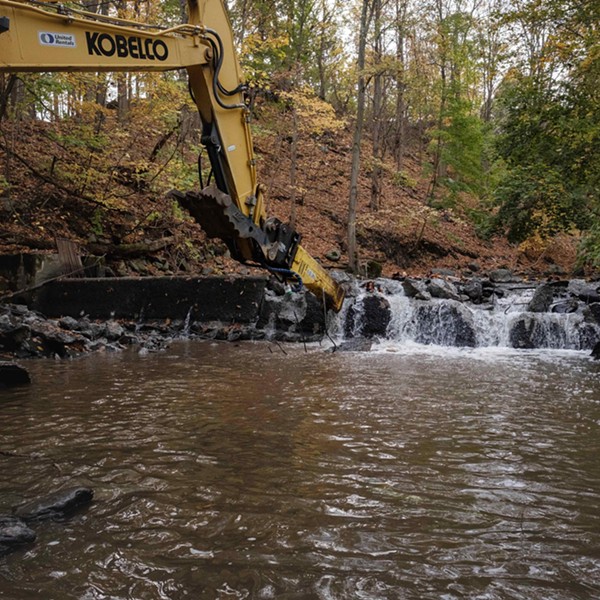The Hudson River, one of the largest Superfund sites in the US, is the battleground for grassroots environmentalists and the Environmental Protection Agency (EPA). Friends of a Clean Hudson, a coalition of environmental groups including Scenic Hudson, Riverkeeper, and Hudson River Sloop Clearwater, is at odds with the EPA over whether the latest data reveals success or failure in the cleanup of toxic river contaminants.
When environmentalists and the EPA come to different conclusions over the same data, it puts current cleanup efforts, like dredging, into question as an effective approach to removing decades-old toxins—polychlorinated biphenyls, (PCBs) from the river.
For 30 years, General Electric discharged 1.3 million pounds of PCBs into the Hudson River from two capacitor manufacturing plants in the towns of Fort Edward and Hudson Falls until the late 1970s.
EPA’s latest findings were released in July, their third five-year review to monitor the effectiveness of cleanup strategies. These regular reviews are required by federal law when toxic contaminants remain at a Superfund site. The EPA selected its two-part cleanup plan for the Upper Hudson River in 2002, which called for targeted environmental dredging followed by an extended period of natural recovery to reduce PCB levels in fish and protect the people and wildlife that eat the fish. The cleanup plan set a goal for people being able to fish from the Upper Hudson River once a week.
The Same Data: Success or Failure?
The Hudson River PCBs Superfund site is touted as one of the EPA’s Superfund Success Stories for the amount of work completed: dredging a 40-mile section of the heavily polluted 200-mile stretch of river, culminating in the removal of 2.75 million cubic yards of PCB contaminated river mud in the Upper Hudson River.
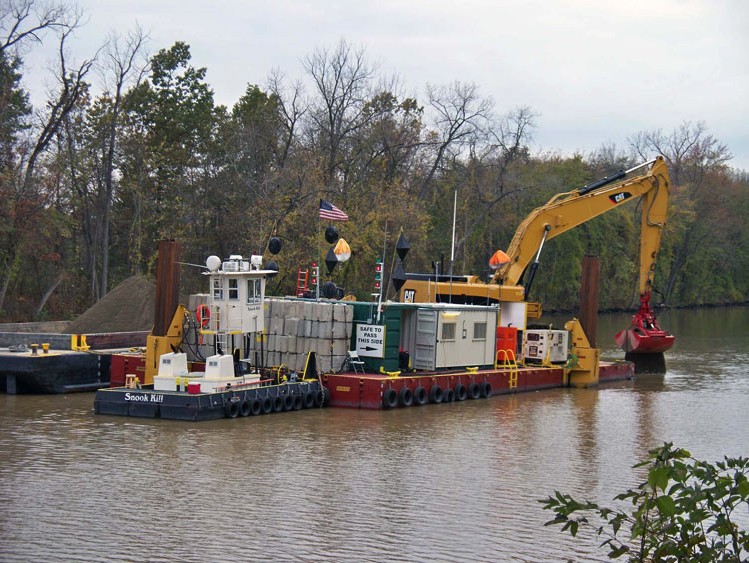
But using the same EPA data, an independent review by Friends of a Clean Hudson reached a different conclusion. The report states that while large amounts of contaminated soil were pulled from the river by dredging, PCB levels in the Upper Hudson have not dropped to the target range set by the EPA.
The coalition’s position is that the third five-year-review determination of the current cleanup remedy is “not-protective” of human health and the environment for the Upper Hudson River. However, the EPA concludes that a “protectiveness determination” cannot be made at this time, stating that although PCB levels in water and fish “are going down overall,” the EPA needs more years of fish data to determine if the cleanup is meeting the expectations of the original plan.
The independent report “firmly rejects” these findings, stating, “EPA disregards its own data” showing that neither fish nor sediment are recovering at the pace set by the EPA, resulting in a failure to protect public health and the environment.
PCBs: Probable Versus Known Human Carcinogen
The Friends of a Clean Hudson also contends that EPA is not accurately assessing risks posed by PCBs to human health and river wildlife. EPA is still classifying PCBs as probable human carcinogens while the International Agency for Research on Cancer of the World Health Organization has listed PCBs as a known human carcinogen, causing cancer and other serious illnesses since 2016.
“We believe an update is necessary to that designation from ‘probable’ to ‘known’ human carcinogen,” said Drew Gamils, senior attorney with Riverkeeper. “EPA has not updated that assessment since 1996. It is way out of date.”
“As new information becomes available, the EPA may re-evaluate the toxicity data to determine if a reassessment of health effects may be necessary,” according to a recent statement from EPA Region 2 Public Affairs.
What the Data Reveals
At the heart of the matter is data collected for the third five-year-review between 2016 and 2022, showing the levels of PCBs in the Upper Hudson River after dredging ended in 2015. The first goal after five years of dredging was to reduce the PCB concentration, which would change the current “eat none” recommendation in the Upper Hudson River to one fish meal per month (0.4 mg/kg PCB in fish fillet). The Upper Hudson River is open to sport fishing on a catch-and-release basis only, according to the New York State Department of Environmental Conservation.
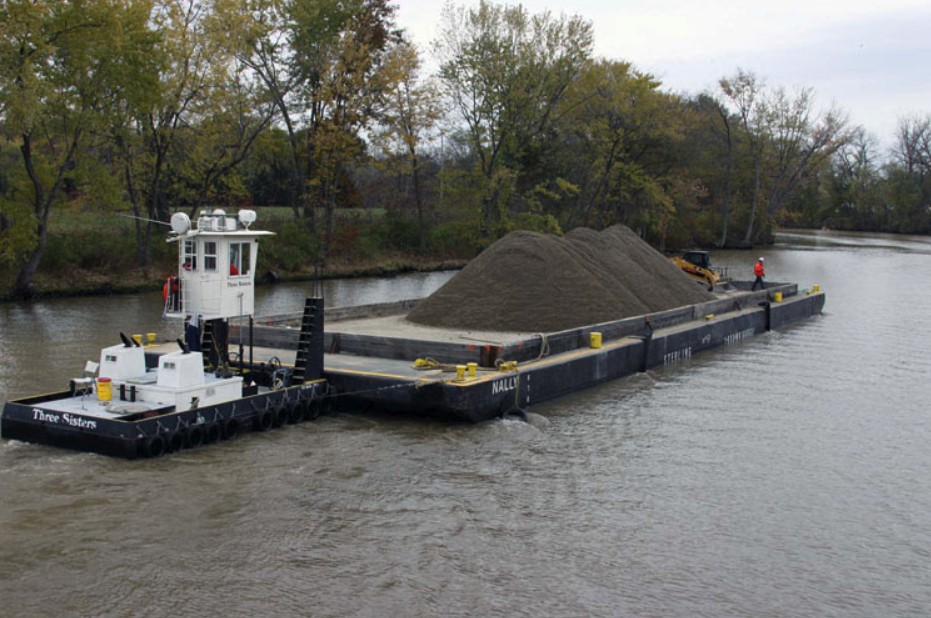
But charts using the same EPA data—both in the independent report and in a July EPA presentation to the Hudson River PCBs Superfund Site Community Advisory Group, show that levels of PCBs remaining in the river are plateauing higher than the expected target, settling between 0.6 to 0.8 mg/kg. (See Friends of a Clean Hudson Report figure 6 page 13; also EPA chart on slide 3.)
In an interview, former EPA Administrator for the Hudson Valley region Peter Lopez, now Scenic Hudson’s executive director of policy, advocacy and science told River Newsroom, “EPA is misleading us by saying that they are making progress. They are not making progress, they are stalled; they are not making their targets. If they’re not making their targets, the remedy is not protective, and if the remedy is not protective, they should say that and step back to see what’s needed to make the PCB concentrations drop.”
Not hitting the first target of natural recovery in fish creates an unlikely scenario to reach the second preliminary remediation target of 0.2 mg/kg of PCB in fish, allowing consumers one fish meal per week by 2031. “Over the next few years, we expect to have the data we need to identify reliable trends. If the fish data shows that the recovery isn’t happening as quickly as we expected, we will take the necessary actions to improve it,” said EPA Regional Administrator Lisa F. Garcia in a statement.
“The point at the end of the day is that the risk reduction targets are not being made,” said Aaron Mair of the Adirondack Council conservation group during the July Hudson River Community Advisory Group Q&A session with EPA. “If we’re just studying the data and the past five-year reviews indicate that it’s not effective and more action needs to be taken, then it’s clearly not protective. Right now, it seems that you’re [EPA] kicking the can down the road when we need more action. What are we doing for frontline communities and anglers that are still out there consuming and fishing in the Hudson?” Mair said more sampling should be done “where people are actually fishing” along the Hudson.
“I would say we’re following the science, not kicking the can,” said Gary Klawinski, EPA’s Hudson River project manager, who led the slideshow presentation. “We don’t know the decline yet, that’s why we’re deferring,” said Klawinski. “We don’t have statistically enough years of data to make a reliable measurement of the trend.”
“A bigger study needs to be done to identify vulnerable communities to identify who is eating the fish and who is at risk, who is not aware of the restrictions,” Gamlis told River Newsroom. “We’re definitely pushing for a study of the entire Superfund site, because you can walk along the Hudson River and you see lots of people fishing and lots of people taking those fish home.”
The EPA expects to make a determination in an addendum to be issued no later than the end of 2027. A virtual public information meeting hosted by the EPA is scheduled for August 21 at 6 pm to discuss the five-year review process, their latest findings, and determination. The 90-day public comment period ends on October 8.







